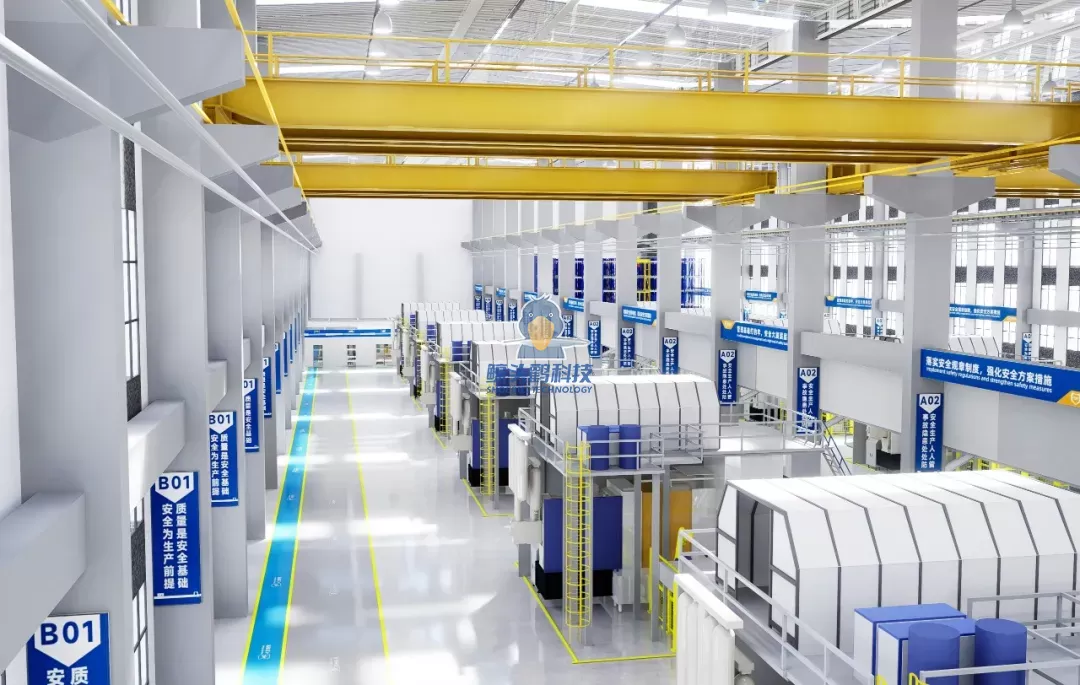In today's world, where environmental concerns are at the forefront, the demand for eco-friendly chemicals is rapidly increasing. These chemicals offer a sustainable alternative to traditional chemical compounds, minimizing their impact on the environment. This article aims to delve into the concept of eco-friendly chemicals, their benefits, and their diverse applications across various industries.
- Understanding Eco-Friendly Chemicals:
Eco-friendly chemicals, also known as green chemicals or sustainable chemicals, are substances that are designed and manufactured to minimize their environmental impact. They are formulated using renewable resources, have a reduced carbon footprint, and are biodegradable or easily recyclable. These chemicals are developed with the goal of promoting sustainability and reducing pollution. - Benefits of Eco-Friendly Chemicals:
2.1 Environmental Benefits:
Eco-friendly chemicals offer several environmental advantages, including:
- Reduced pollution: These chemicals are designed to minimize the release of harmful substances into the air, water, and soil, thus reducing pollution levels.
- Lower carbon emissions: By utilizing renewable resources and employing energy-efficient manufacturing processes, eco-friendly chemicals help reduce carbon emissions and combat climate change.
- Preservation of natural resources: The use of sustainable raw materials ensures the preservation of natural resources for future generations.
2.2 Health and Safety Benefits:
Eco-friendly chemicals also provide numerous health and safety benefits, such as:
- Reduced toxicity: Unlike traditional chemicals, eco-friendly alternatives are formulated to be less toxic, minimizing the risk of adverse health effects for both humans and animals.
- Improved indoor air quality: Eco-friendly chemicals used in household products, such as cleaning agents and paints, contribute to better indoor air quality by reducing the emission of volatile organic compounds (VOCs).
- Safer working environments: Industries that adopt eco-friendly chemicals create safer working conditions for employees by reducing exposure to hazardous substances.
- Applications of Eco-Friendly Chemicals:
3.1 Agriculture and Pest Control:
Eco-friendly chemicals find applications in organic farming, where they replace conventional pesticides and fertilizers. These chemicals are biodegradable, non-toxic to beneficial organisms, and pose minimal risks to human health.
3.2 Construction and Building Materials:
In the construction industry, eco-friendly chemicals are used in the production of sustainable building materials. These materials, such as low VOC paints, adhesives, and insulation, contribute to healthier indoor environments and reduce the overall environmental impact of construction projects.
3.3 Textiles and Fashion:
Eco-friendly chemicals play a crucial role in sustainable textile production. They are used in processes like dyeing, printing, and finishing, ensuring reduced water consumption, minimal wastewater generation, and the use of non-toxic substances.
3.4 Personal Care and Cosmetics:
The demand for eco-friendly personal care products is on the rise. Eco-friendly chemicals are used in the formulation of natural skincare, haircare, and cosmetic products, providing consumers with safer alternatives that are free from harmful chemicals.
Conclusion:
Eco-friendly chemicals offer a sustainable solution to the environmental challenges faced by various industries. Their benefits extend beyond reducing pollution and preserving natural resources to encompass improved health and safety for both humans and the environment. By embracing eco-friendly chemicals, industries can contribute to a greener future while meeting the growing demand for sustainable products and practices.













+ There are no comments
Add yours